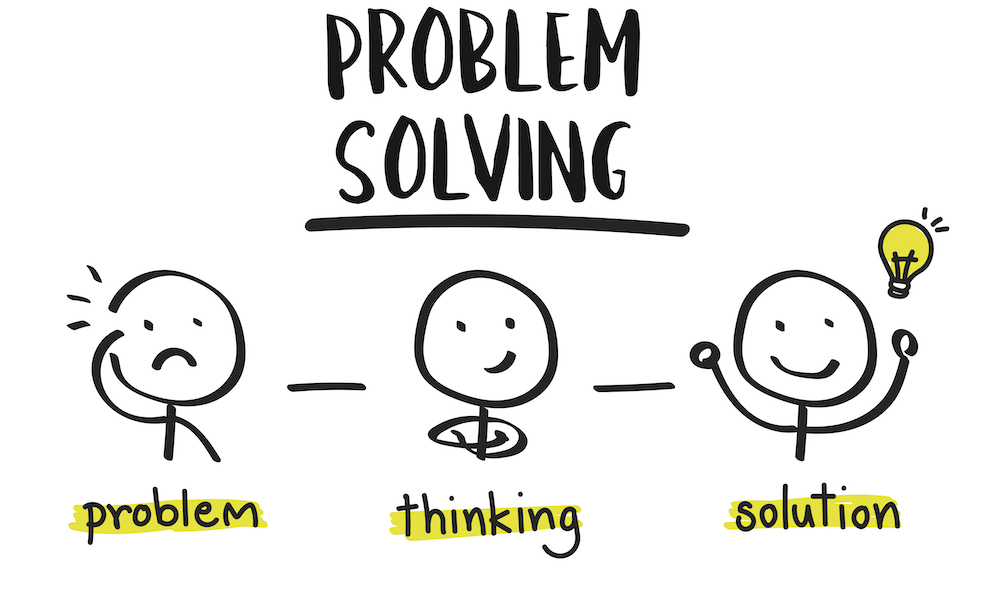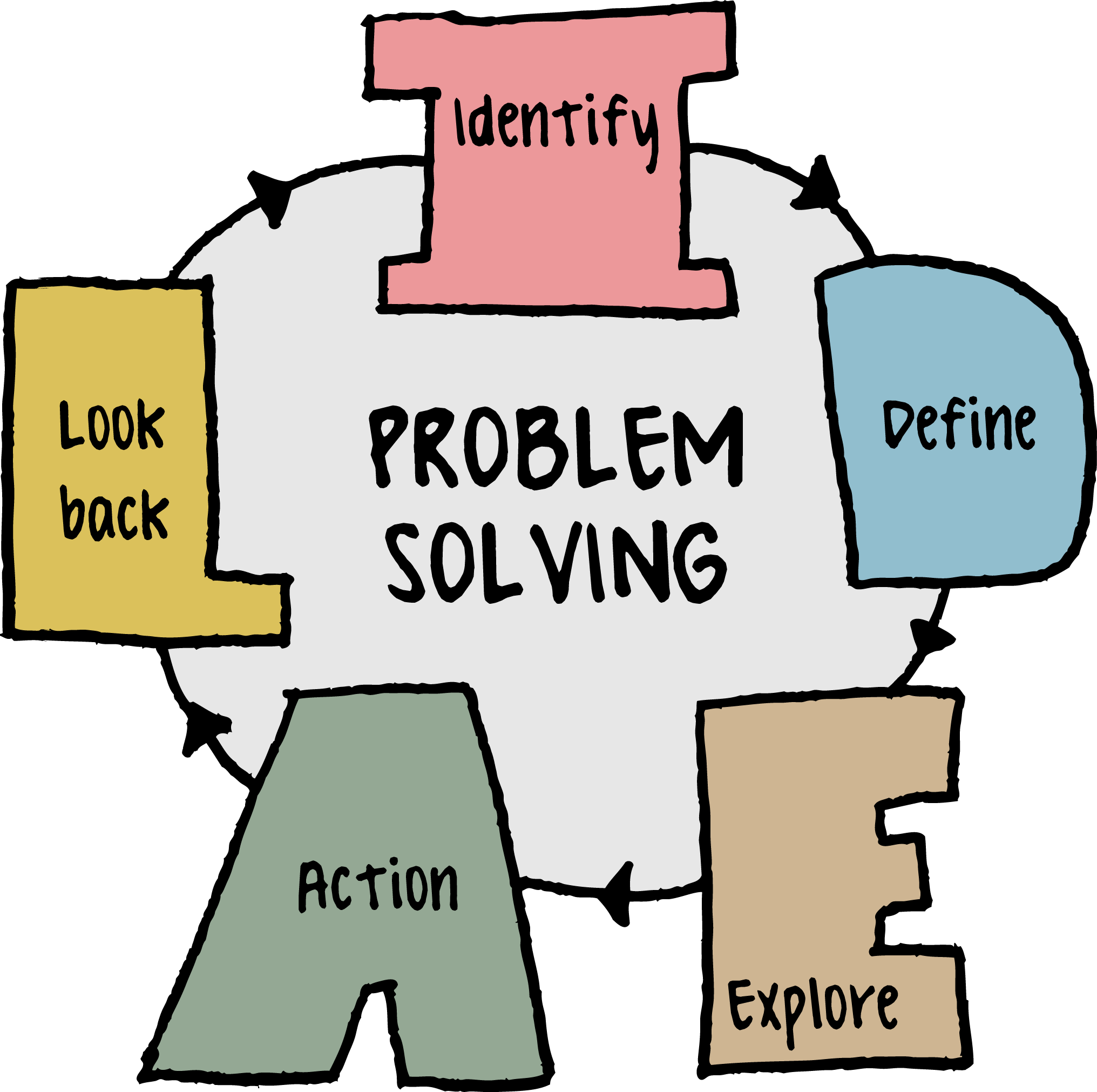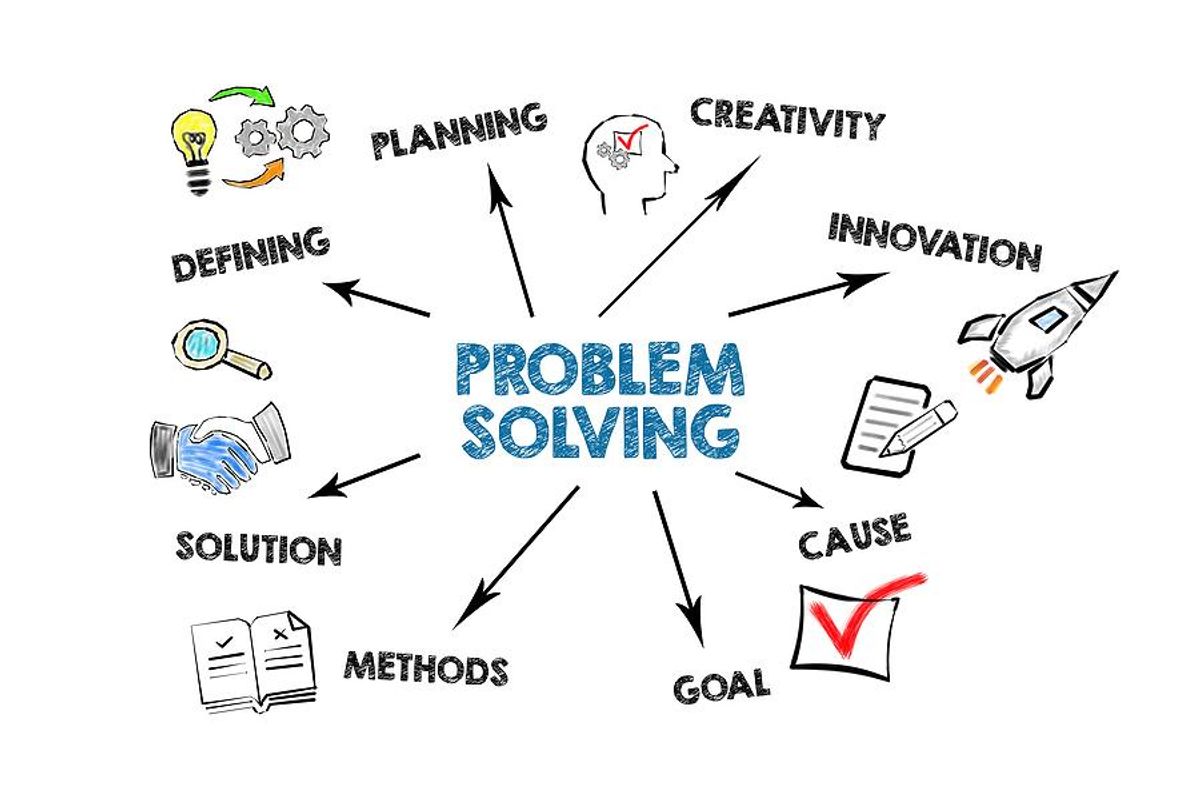Introduction:
The pursuit of science is a remarkable journey filled with exploration, discovery, and the quest to unravel the mysteries of the universe. Scientists are the modern-day explorers, delving into the unknown to answer questions, solve problems, and drive progress. Whether your passion lies in understanding the intricacies of the natural world, advancing technology, or improving human health, the path to becoming a scientist is a rewarding and intellectually stimulating endeavor. In this guide, we'll outline the steps and qualities required to embark on a career in science. From building a strong educational foundation to conducting research, publishing findings, and making an impact on society, we'll delve into the roadmap that can lead you to the fascinating and ever-evolving world of science. So, let's embark on this scientific journey together, where curiosity and determination are the compass guiding you to become a scientist of note.
1. Choose Your Field:
Identify the specific field of science that interests you the most, such as biology, chemistry, physics, or astronomy.
2. Educational Foundation:
- Obtain a strong educational foundation by earning a bachelor's degree in a related field. Choose courses that align with your chosen discipline.
3. Advanced Degree:
- Pursue a master's or Ph.D. in your field of interest. Research is a significant component of advanced degrees, so be prepared for hands-on experimentation and investigation.
4. Research Opportunities:
- Engage in research projects and internships to gain practical experience in your field. This hands-on work is essential for building your expertise.
5. Networking:
- Build a network of colleagues, mentors, and fellow scientists. Networking can lead to collaboration and research opportunities.
6. Publish Research:
- Publish your research findings in scientific journals. This is a crucial step for establishing your reputation as a scientist.
7. Continuous Learning:
- Stay updated on the latest developments in your field through seminars, conferences, and scientific literature.
8. Critical Thinking:
- Develop strong critical thinking and problem-solving skills, which are fundamental in scientific research.
9. Persistence:
- Be prepared for setbacks and failures. Science often involves trial and error, and persistence is key to success.
10. Collaboration:
- Collaborate with other scientists and research teams. Many scientific breakthroughs are the result of teamwork.
11. Ethical Conduct:
- Maintain high ethical standards in your research. Honesty and integrity are essential in the scientific community.
12. Teaching and Communication:
- Consider teaching and communicating your findings to a wider audience. This can include writing for the public, giving lectures, or teaching at universities.
13. Funding and Grants:
- Learn how to secure research funding through grants and scholarships. Funding is often crucial for scientific research.
14. Public Outreach:
- Engage in public outreach to promote scientific understanding and interest, especially among young people.
15. Career Choices:
- Decide on the type of scientist you want to become, whether it's in academia, industry, government, or nonprofit organizations.
16. Lifelong Learning:
- Science is an evolving field. Be prepared for a lifelong commitment to learning and adapting to new discoveries.
17. Contributions:
- Strive to make meaningful contributions to your field through innovative research and discoveries.
18. Impact:
- Understand that your work as a scientist can have a significant impact on society, from advancing technology to solving critical problems.
Conclusion:
Becoming a scientist is not just a profession; it's a calling driven by insatiable curiosity and a commitment to understanding the world around us. The journey you've embarked on, or are considering, is one of continuous learning, discovery, and growth. As you delve into the complexities of your chosen field, remember that your work as a scientist can lead to groundbreaking insights, technological advancements, and solutions to some of the world's most pressing challenges. It's a path that demands dedication, resilience, and unwavering commitment to the pursuit of knowledge. With each experiment, each discovery, and each publication, you're contributing to the ever-expanding realm of human understanding. So, embrace the adventure, for you are now part of a lineage of individuals who have illuminated the world with their scientific insights and innovations, and you hold the potential to do the same.
Thank you for reading...












































